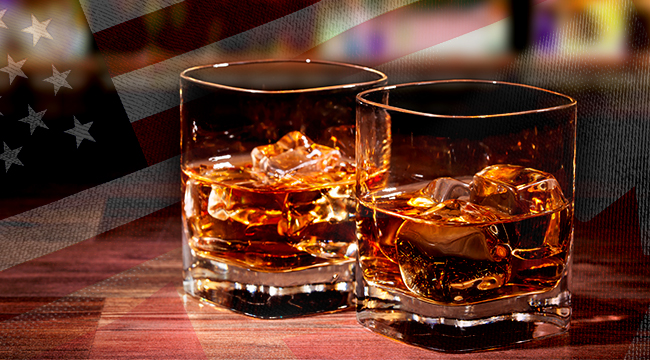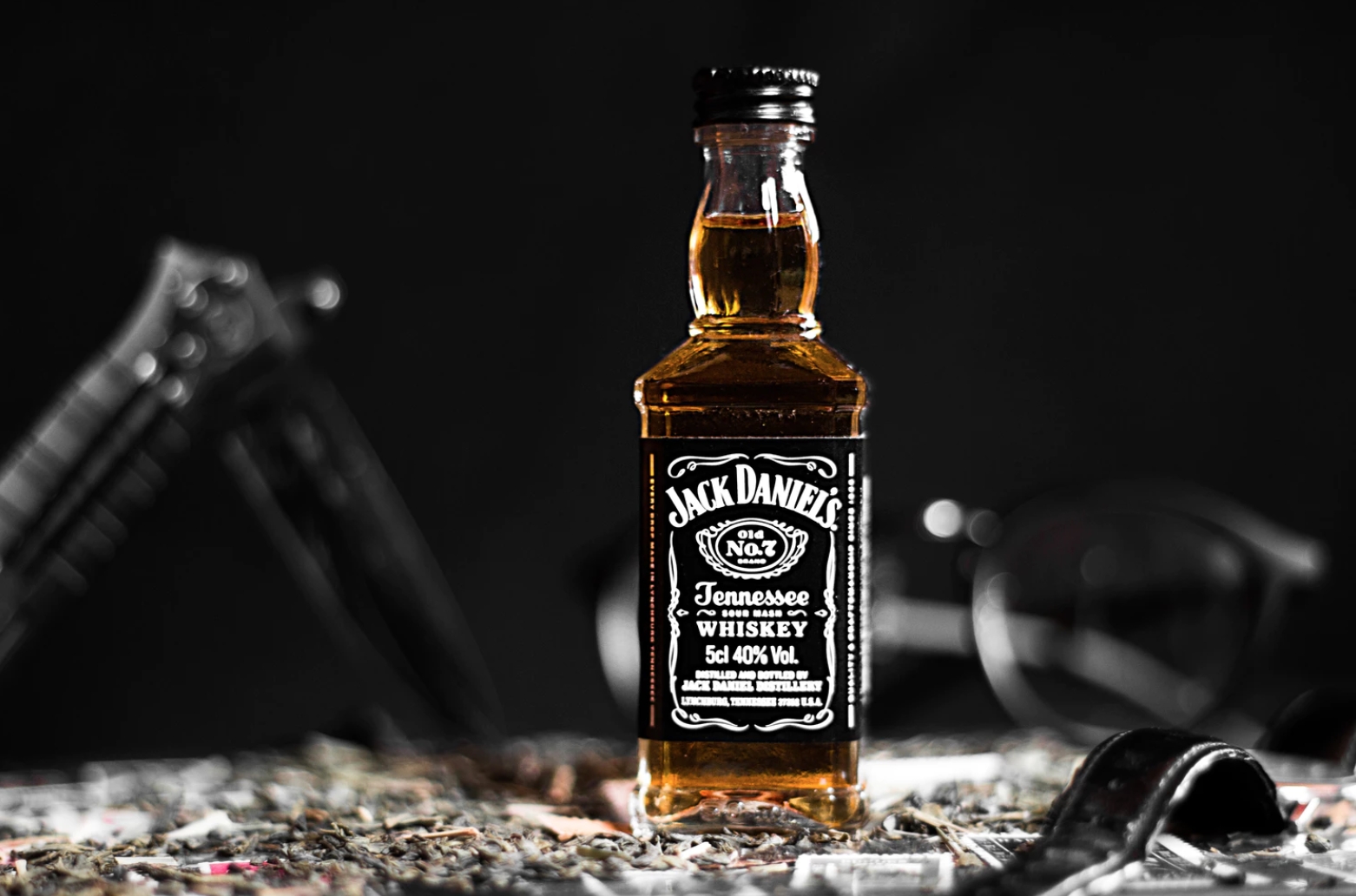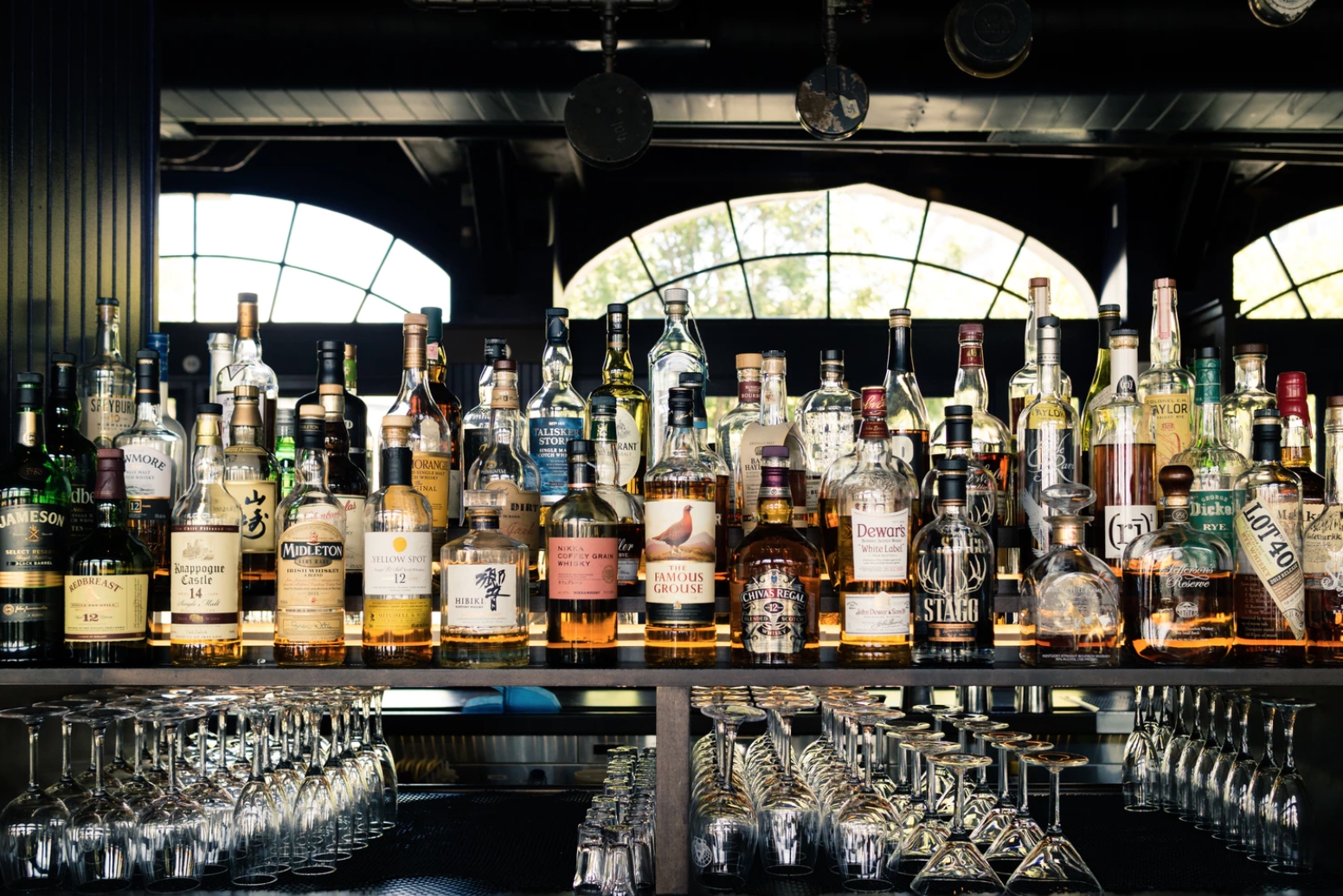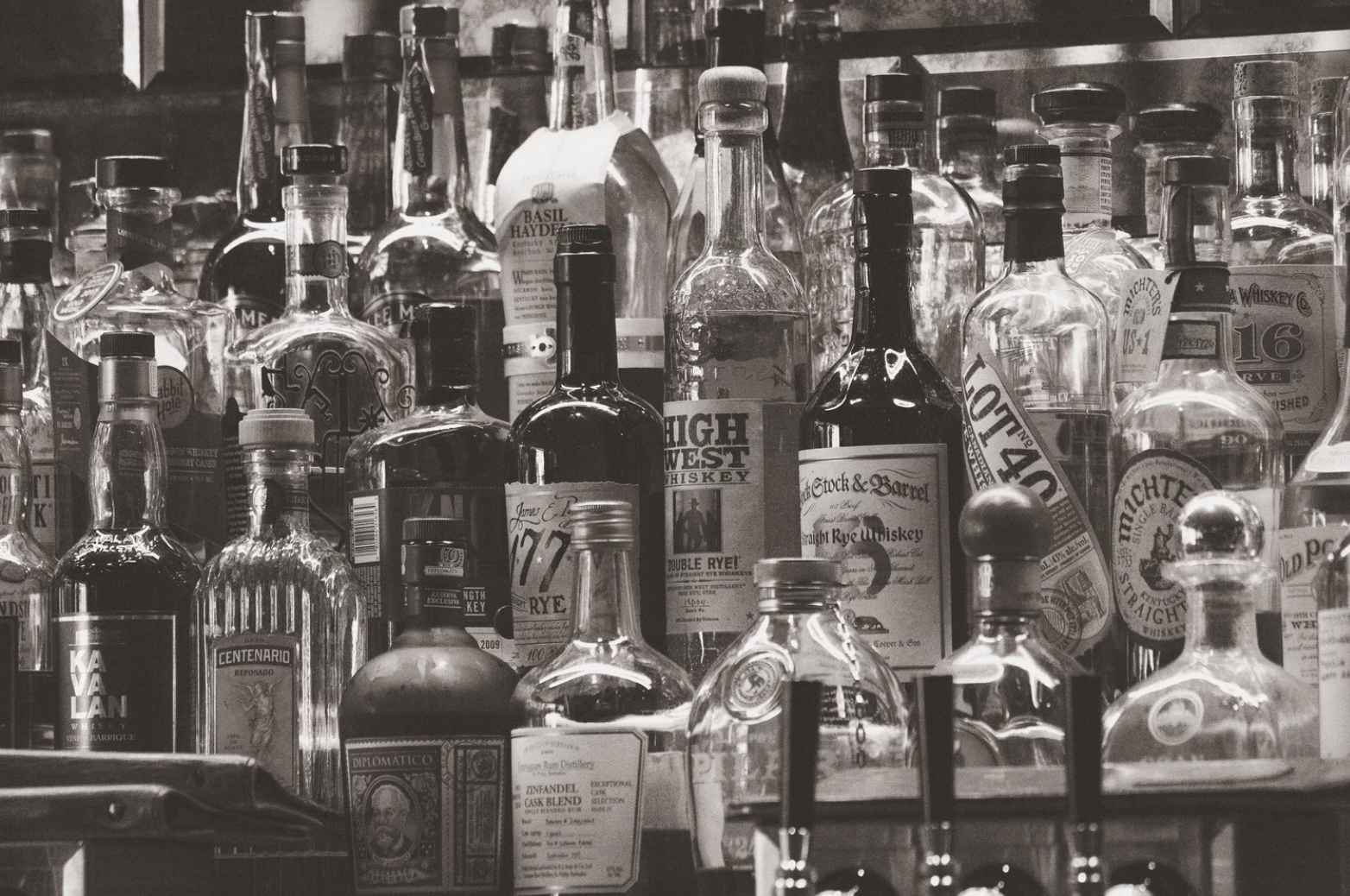
For the newcomer, American whiskey and Canadian whisky often feel like they’re cut from the same cloth. And they kind of are… but they also kind of aren’t. The United States and Canada share vast sections of the North American continent, with similar agricultural backbones — so there are major similarities between the two whisk(e)y styles. But production differences and regional variances separate them significantly.
For years, there’s been a perception that Canadian whisky is somehow inferior to its American counterpart. This is flat out wrong. Canada produces some of the best whiskies in the world and is often the supplier of some of America’s best rye grains. WhistlePig sources their rye from Alberta, for instance. So the idea of dismissing Canadian whisky out of hand — especially when their grains make up so many famous mash bills — is patently absurd.
American whiskey, meanwhile, is a vast category. We’re not talking about a focused locale like Ireland, Scotland, or Japan — where there’s a pretty close-knit monoculture around whiskey. America has its own sub-regions that shine from Tennessee to Kentucky to Texas and beyond. Treating it like it’s all one way or another would be a serious mistake.
Read on as we dive into what makes these styles and regions unique, where they overlap, and where they diverge.
What’s American Whiskey?

Let’s start with the broadest region: The United States of America. American whiskey consists of very regulated styles. They are (in no particular order):
- Bourbon whiskey
- Rye whiskey
- Rye malt whiskey
- Tennessee whiskey
- Corn whiskey
- Malt (barley) whiskey
- Wheat whiskey
With the exception of corn whiskey, each of these expressions must contain 51 percent or more of their labeled grain or cereal. That is, to be called a rye whiskey, the bottle has to have 51 percent rye in the mash bill (recipe). Expressions like bourbon and Tennessee whiskey have to adhere to certain barreling and filtering requirements as well. (You can read about those here.)
Corn whiskey, on the other hand, has to have a mash bill that is 80 percent corn. That’s not to say a 100 percent corn mash bill whiskey can’t also be a bourbon, it’d just have to be barrelled according to bourbon regulations. But, for the most part, corn whiskey tends to be unaged moonshine or, more colloquially, white lightning or white dog. To be fair, there are some exciting things going on in Texas with corn whiskey aging right now at distilleries like Balcones — a good illustration of the simple truth that this entire spirit category is rarely all one way or all another.
So what makes up the rest of that one to 49 percent of the mash bill in these whiskeys? It really depends on the distiller. More often than not, a bourbon will have a bit of malted barley or rye cut into the mash bill with the corn. Sometimes ryes will be 90 percent rye grains alongside a touch of wheat and barley to add a specific flavor base. At the end of the day, though, to be called a rye or bourbon or wheat whiskey, the booze has to meet that 51 percent mark of that one particular grain or cereal.
We know, this is a lot of information. But it’s fun information and the endgame is to be more savvy about getting your buzz on, so bear with us.
American whiskey — by design, tradition, and regulation — focuses very closely on making sure that the whiskey you’re drinking has a solid base. Then the barreling comes into play. Bourbons and Tennessee whiskey need to rest in new charred American oak. As do rye whiskeys. But they can be finished in other casks, like sherry, to add additional nuances and notes.
The last element in American whiskey is the “straight” designation. Basically, this is a regulation the requires the bourbon or rye to be aged for at least two years in new oak barrels and contain zero additives or coloring when bottled. So a “straight rye” would have to meet those standards to carry that term on the label. (There also are proof limits for distilling, barreling, and bottling but that’s a little too inside baseball.)
What’s Canadian Whisky?

Canadian whisky gets really squirrely really quickly. That’s due to Canadian whisky — all of it — being called “rye” by Canadians and lawmakers. That’s right, any whisky is a “rye” up north. It’s okay if you want to throw your hands up in the air.
In short, Canadian whisky distillers started cutting small amounts of rye into their whiskies back in the day to make it more palatable. The trick caught on and people started calling the whisky, in general, rye and then it became an entrenched part of the language. So, if you order a rye in Canada, do not expect the rye you’d get in America… for the most part. Canadian whisky, by law, can be called “Canadian Whisky” or “Canadian Rye Whisky” or just “Rye Whisky” interchangeably.
Still, there are regulations in place that designate what, exactly, Canadian whisky is. To be called Canadian whisky the spirit has to be mashed and distilled in Canada (obviously). It has to rest in a “small wood” barrel for no less than three years. It has to be above 80 proof ABV (40 percent alcohol) when bottled. And it is allowed to contain caramel coloring and flavoring. That last one is a big sticking point for a lot of whisk(e)y lovers out there.
Canadian whisky doesn’t have to have a minimum 51 percent mash bill of any particular cereal or grain. In theory, whisky with a 60 percent corn, 30 percent malted barley, and 10 percent rye mash bill will still be called rye. There’s a lot of nuances here, though. For instance, the loose barreling regulations means that Canadian whisky can be aged in a much wider array of barrels form all over the world and wood sources. That means more flavors and techniques are invariably at play.
This is all not to say there aren’t distillers in Canada making super-refined rye whiskies with 100 percent rye mash bills or single malts with as varied and dialed-in with regards to distilling and aging as any scotch. There 100 percent are. It’s just that the average bottle on the shelf is regulated in a different way that allows for a lot more fiddling — for better or worse — to happen in each bottle of booze.
Is One Better?

Overall, the rules regarding what makes Canadian whisky and what makes American whiskey couldn’t be further apart. American whiskey, for the most part, has to adhere to the 51-percent rule in the mash bill to called that specific spirit, plus it’s got strict barrelling regulations. Canadian whisky is free and loose to experiment and soar or to fail (often on account of additives and muddled flavors).
When it comes to taste, it really depends on what you’re looking for. Some of the best rye in the world is being distilled in Alberta with Canadian rye grains and aged in Vermont in American oak (WhistlePig). And Canada’s Crown Royal Northern Harvest Rye (90 percent rye mash bill) was named the best whisky in the world in 2016. That expression has a 90 percent rye mash bill and is a peppery delight. On the other hand, can a less-expertly executed Canadian expression compare to a super dialed-in Tennessee whiskey or Kentucky bourbon with a hundred years of history?
It always depends. At the end of the day, there’s just as much shitty American whiskey on store shelves as there is shitty Canadian rye. There are just as many high points of each respective type, too.
Our advice is to grab a bottle of Canadian whisky, maybe a Lot 40 Rye — 90 percent rye and ten percent malted rye — and maybe a Northern Harvest Rye, plus a bottle of American straight rye like Rittenhouse Rye or Michter’s Straight Rye and taste the nuances and differences for yourself. Find the ones you love and go deeper. Explore. And enjoy the ride all the way.
After all, this is whisk(e)y, not rocket science. It’s meant to be fun.






